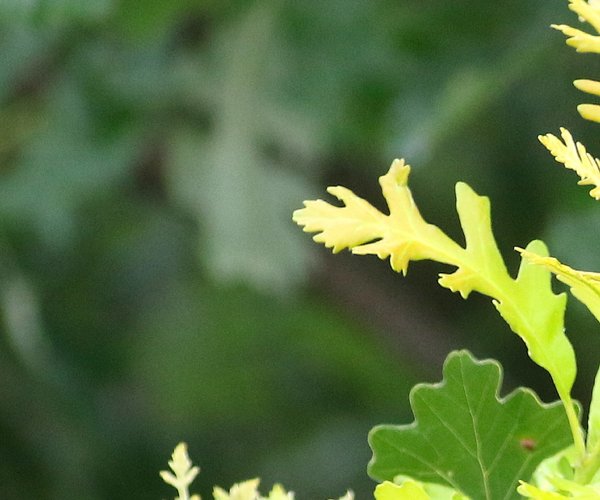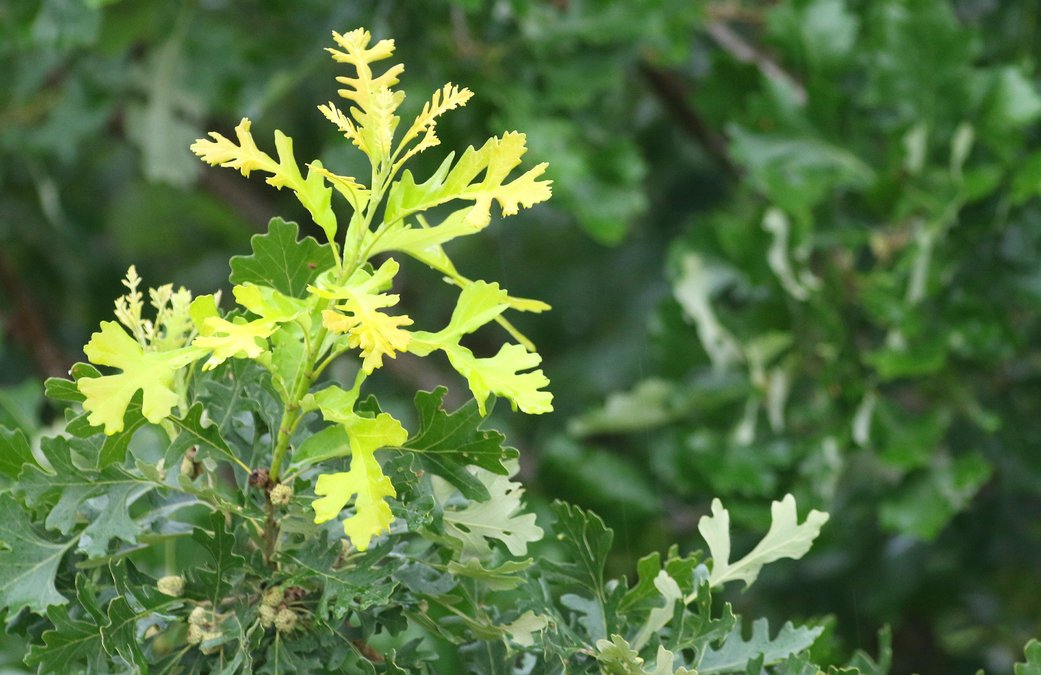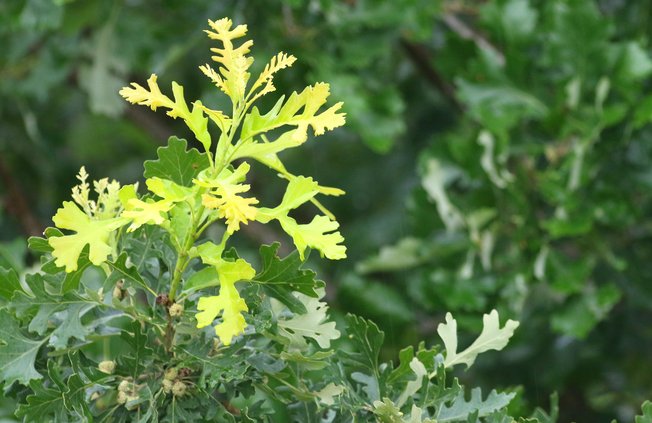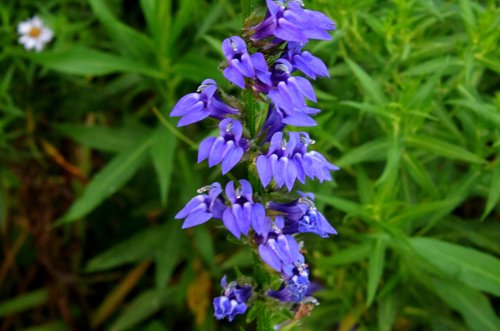All five of Wisconsin’s native woodpeckers may show up from time to time at feeders pecking at suet chunks or various fruits and nuts offered. Recent gun deer hunters reported these specialized “drillers” perched in dead trees near deer stands, too.
Downy, hairy, red-bellied, red-headed and pileated woodpeckers, in order of size, stay the winter, for the most part. Flickers and sapsuckers come and go, weather permitting, but are usually absent during Wisconsin winters.
Bob Ross, at Wild Birds Unlimited in Middleton, says woodpeckers are interesting birds except when the tiny downy comes calling to his or her friends by poking holes in cedar house siding.
“I even get pileated woodpeckers coming to feeders a couple times a week, but I’m in a wooded area,” he notes. “Redheads are not as common, the others are, but there are locations where these red-headed beauties are found in groups of five or six.”
Ross has had the best luck attracting these birds using one of the companies’ seed cylinders of various seeds held in place with hardened gelatin. “There are a dozen varieties of these cylinders based on the seeds they contain,” Ross said. “Some even have dried mealworms, which draw bluebirds at other times of the year.”
All five woodpecker species have some red about their heads, but the downy and hairy females lack any red. Pileated and red-bellied females have less red than males and red-headed woodpeckers, males and females, are alike in terms of red feathers.
Red-bellied is a hidden name with a subtle splash of red on the breast, which is hidden when the bird is perched.
Watching these birds at feeders can help sort the differences. When they fly away, notice the undulating flight exhibited by most.
Now that many of the gun deer seasons have closed, it’s time to think of putting equipment and clothing away, but not before checking and cleaning.
Ammunition is generally in better supply now than it has been for some time,” says Bret Drake, at Tall Tails in Boscobel. “There shouldn’t be any need to stock up beyond what’s needed for next season, if that.
“Right now I’m waiting for ice to reform and displaying ice fishing equipment,” he said.
“Most hunters are done with deer hunting; a few are still bow hunting or enjoying the antlerless Holiday season. We didn’t sell a lot of blaze orange clothing this season, in fact I’ve sold more since the nine-day season closed.” Don Martin at Martin’s in Monroe said.
A few businesses may be running a Christmas gift sale on blaze orange. Regardless, now might be the time to buy.
“I’ve heard indications that suggest clothing prices may be higher next fall than they are now, even at the regular price,” Doug Williams, at D W Sports Center in Portage, said.
Williams advises cleaning equipment, washing clothing and thinking about the hunter him or herself. “Now’s a good time, too, to get those aches and pains looked at.
“We’ve already lost a few good hunters since the season has ended. Check everything out so you are around to enjoy another season,” Doug noted.
Kate Mosley suggests thinking about how and when to hunt deer in 2024. “A lot of hunters noticed limited deer movement this year. Maybe hunting earlier to get venison is an option, not waiting for the anticipated rut and then missing those few days. Something is open from mid-September to New Year Day, it seems.”
Deer registrations continue to grow with a 272,838 total. Muzzleloader hunters killed 5,106, 3,211 being antlerless.
Special stocking of ring-necked pheasants will occur just prior to Christmas on select properties.
Trout season is just around the bend, opening Jan. 06, 2024; catch and release. Rabbit hunting should be good when snow holds.
“Don’t forget to touch base before January,” Doug says, “to thank landowners for allowing picking, gathering, hiking, fishing, and hunting.”
Contact Jerry Davis, a freelance writer, at sivadjam@mhtc.net or 608.924.1112.










